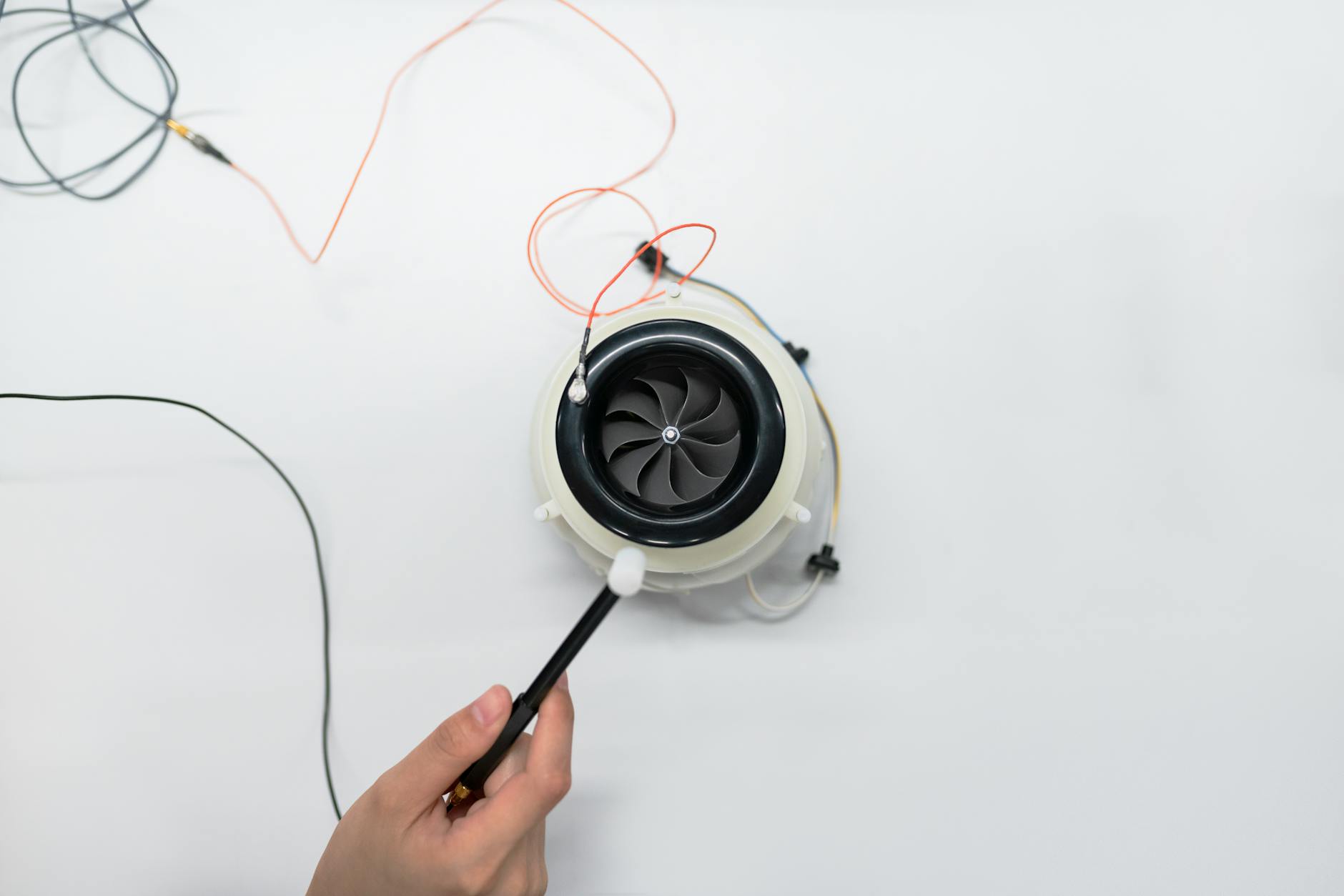Can Acoustic Innovation Transform Spaces in Australia?

Discovering Acoustic Innovation
For those of us focusing on creating enriching learning environments, acoustic clarity can be a game-changer. Many may not initially think about the impact that our surroundings have on how students perceive and engage with information. I recently visited Federation Square, observing its sound installations up close. This experience heightened my appreciation for how thoughtfully designed spaces facilitate deeper engagement through sound.
Acoustic Panels: Benefits and Use
Acoustic panels are crucial in crafting such spaces. By absorbing sound and minimizing echo, they significantly improve the auditory experience, transforming any environment into an area conducive to learning and productivity. These panels are not just beneficial in traditional settings like classrooms but also in open areas, where they create islands of clarity amidst the noise. Having the right acoustic environment is essential, especially for those like Lachlan, who strive to utilise the latest tools and methods in teaching.
Enhancing Learning with Sound
Integrating acoustic technology into educational settings can enhance focus and retention among students. By installing acoustic panels, educators can create a space where lessons are not lost in a muddle of noise. This echoes the acoustics of the Melbourne Recital Centre, where sound clarity allows a deeper appreciation and understanding of performances.
Real-life Transformations in Schools
Faced with budgetary constraints, schools are looking for innovative solutions to enhance learning environments. Drawing inspiration from the Royal Botanic Gardens Victoria's design solutions, institutions can adopt cost-effective acoustic improvements. By focusing on strategic placements, schools can achieve significant transformations, ensuring every word spoken is clearly understood.
Key Technologies and Tools
Integrating Mesh Radios
Incorporating innovative mesh radios into educational settings has opened new pathways for enhancing communication and collaboration. These systems are particularly beneficial in school environments by creating a robust and reliable network without the need for extensive cabling. Just like the captivating sound installations at Federation Square, mesh radios can be strategically placed across the school to provide seamless connectivity and integration with other tech resources.
The flexibility of mesh radios lies in their ability to automatically reconfigure themselves. This dynamic networking capability treats each device as a node, allowing for adaptable and resilient networks akin to the innovative design solutions seen at the Royal Botanic Gardens Victoria. Such networks can tackle coverage issues that may arise in busy or large school campuses, similar to the acoustics challenges tackled at the Melbourne Recital Centre.
Mesh radios serve as a backbone for various educational technologies, integrating with existing systems to enhance the interactive elements of learning. Educators will appreciate the simplicity and effectiveness of these systems, knowing that they support a shift towards a more connected and interactive learning environment. For teachers like Lachlan, who aim to inspire their students amidst financial constraints, investing in mesh radio technology promises long-term educational benefits without breaking the budget.
These advancements allow teachers to focus more intently on inspiring creativity and educating students, confident that technological backbones are fully supportive of their goals.
Improved Student Engagement
In my experience as an architectural acoustics consultant, creating an engaging educational environment revolves heavily around managing sound. Just as the acoustics of the Melbourne Recital Centre promise a symphonic experience for listeners, our aim in educational spaces should be to keep students captivated. Effective broadcast solutions can foster a dynamic classroom atmosphere, transforming traditionally passive listening into interactive learning sessions.
To enhance classroom engagement, I often recommend specific strategies:
-
Acoustic Panels: These installations minimise unwanted noise reflections, allowing students to focus on their tasks without distractions. Acoustic panels can be creatively integrated into the classroom's design, providing aesthetic benefits alongside acoustic functionality.
-
Innovative Technologies: Incorporating mesh radios and data projectors can add an interactive layer to teaching. Mesh radios facilitate clear communication even in larger spaces, while data projectors vividly bring lessons to life, capturing students' attention.
-
Flexible Learning Environments: Adaptable seating arrangements and sound-friendly materials help in customizing spaces per lesson requirements. Newer, more flexible furniture designs promote active participation and enhanced learning outcomes.
The role of acoustics, in tandem with innovative design seen at places like the Royal Botanic Gardens Victoria, is vital in bridging the gap between students and the curriculum. It's about more than just controlling sound; it's about shaping the future of education. By aligning technological innovations with acoustic insights, we enrich not just the spaces but the learning experiences within them.
Practical Implementation Steps
Identifying School Needs
To begin upgrading your school's learning environment, it's crucial to assess the specific needs that will enhance both teaching effectiveness and student engagement. Start by evaluating the existing classroom acoustics and identifying areas that experience excessive noise or echo. Consider factors such as class size, room materials, and the types of activities you frequently conduct. You might find that investing in solutions similar to acoustic technology insights observed at Federation Square's sound installations can significantly impact learning outcomes.
DIY Acoustic Enhancements
After pinpointing the problem areas, explore do-it-yourself options to improve acoustics without requiring significant financial investment. Simple adjustments like rearranging furniture, using heavy curtains, and adding rugs can absorb sound and reduce echo. Implementing creative, low-cost solutions such as hanging artwork or fabric panels mimics the innovative design seen at Royal Botanic Gardens Victoria and might be more cost-effective in shrinking budgets.
Collaborating for Better Design
Collaboration can be a game-changer in implementing effective acoustic designs. Engage with fellow educators, students, and even local acoustic consultants for input and expertise. By fostering these partnerships, you can gain fresh perspectives and innovative ideas similar to those used in the acoustics of the Melbourne Recital Centre. Additionally, involve stakeholders like parents or local businesses who might provide support or fundraising opportunities. Although you might want to look at various data projectors to enhance visual learning, balancing these priorities is essential for the best overall educational experience.
Best Practices
Optimizing Resources Effectively
When it comes to enhancing acoustics in educational environments, leveraging existing resources can be as impactful as bringing in new solutions. For instance, much like the ingenious installations at Federation Square's sound installations, the strategic placement of acoustic panels within a room can significantly alter sound dynamics. It's all about the thoughtful arrangement—consider utilising existing structures to improve sound absorption and distribution. Such a strategy not only saves on costs but also taps into the creative potential of your space, aligning with the innovative design solutions at the Royal Botanic Gardens Victoria.
Smart Budget Management
While planning your acoustic enhancements, balancing budget constraints with quality should be a priority. This mirrors the meticulous planning observed in developing the acoustics of the Melbourne Recital Centre. One way to achieve this balance is by opting for multi-functional materials that offer both aesthetic and acoustic benefits. Evaluating your choices through cost-effectiveness and durability lenses ensures you invest wisely. And remember, you don't always need to rush for the most expensive options—sometimes, it's about choosing smarter, not pricier.
Embracing Continuous Improvement
Much like the continuous evolution in the field of acoustic technology insights, embracing a culture of ongoing learning and adaptation is crucial. By staying informed about the latest developments and technologies, you can make informed decisions that keep your spaces acoustically efficient and engaging. Encouraging input from teachers and students can further inform these adaptations, fostering a dynamic and intuitive learning environment. Continuous improvement secures not only enhanced sound quality but also long-term satisfaction and confidence in your acoustic design choices.


